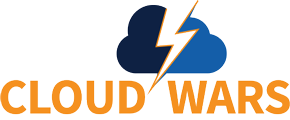Are you ready to generate financial reports that give you the business insights you need? Do you want to generate them easily, quickly, and with full confidence in the underlying numbers? If so, then this course is the one for you.
It all starts with the proper setup of your account schedules, and in this deep dive training session, you’ll learn the fundamental principles of account schedule construction. Using hands-on exercises in our online learning environment, you’ll have the opportunity to apply what you learn during class, including how to generate an effective and insightful:
•Trial balance
•Summarized income statement
•And the beginning of a solid balance sheet
You’ll master the basic account schedule building blocks of row setups and column layouts and understand how to layer in your budgets. Learn how to create each section of your reports, the quick ways to build simplified formulas, and simple formatting options.
Then we save the best part for last, as we unveil the magical beauty of creating a refreshable Excel export that eliminates your manual workarounds!
Learning Objectives
Following completion of this course you’ll be able to:
•Create key financial statements: trial balance, balance sheet, and income statement
•Apply multiple views for different periods of time to any report
•Review options to use dimensions with financial reports
•Discover ways to produce financial reporting quickly and efficiently
Level: Intermediate
Audience: Any professional with responsibilities to create and maintain financial reporting.
Prerequisites: A basic to intermediate understanding of accounting and business processes.
Preparation: Please bring an internet capable Windows laptop for the hands-on labs.
Instructor: Kerry (Rosvold) Peters
Version: This class will be taught in Dynamics 365 Business Central. Course material is applicable to most versions of Dynamics NAV as well. Key version differences will be highlighted by the instructor.




















